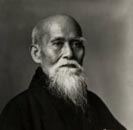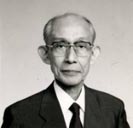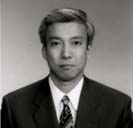| What is Aikido? |  |
 |
 |
| Name | Morihei Ueshiba | Kisshomaru Ueshiba | Moriteru Ueshiba |
After studying numerous martial arts, Morihei Ueshiba (1883-1969) proclaimed the development of a new martial art form "aiki" in 1922. In 1942, it was officially named aikido, and in 1948, the Aikikai Foundation was established.
At present, there are over 100,000 practitioners of aikido in Japan, and approximately 700,000 practitioners overseas.
Unlike sports, aikido is not a contest of strength, has no competitions, and therefore has no winners or losers. However, to be considered a legitimate martial art, it's necessary to be able to neutralize an opponent at any time. Through practice, we hope to refine our mind and spirit as we apply ourselves to the problem of neutralizing an opponent in a peaceful manner.
The ultimate goal of aikido is to create a peaceful world without conflict.
One of the characteristics of aikido is the use of circular motion. After absorbing the initial force of an attack, a series of circular movements gives rise to a "harmonization" with the opponent, and the resultant "sphere" can be guided to the proper path. It is not a case of suppressing an opponent by force.
In a sphere, there is no top or bottom, nor right or left. Just when you think you were on top, the next moment, you could be on the bottom and vice versa. Moreover, these movements do not call for brute strength - if anything, it requires one to relax.
There are no stances - only natural posture, and a calm spirit.
In this way, aikido has completely changed the concept of what it means to be a martial art, and has given rise to a revolutionary and new martial art form.